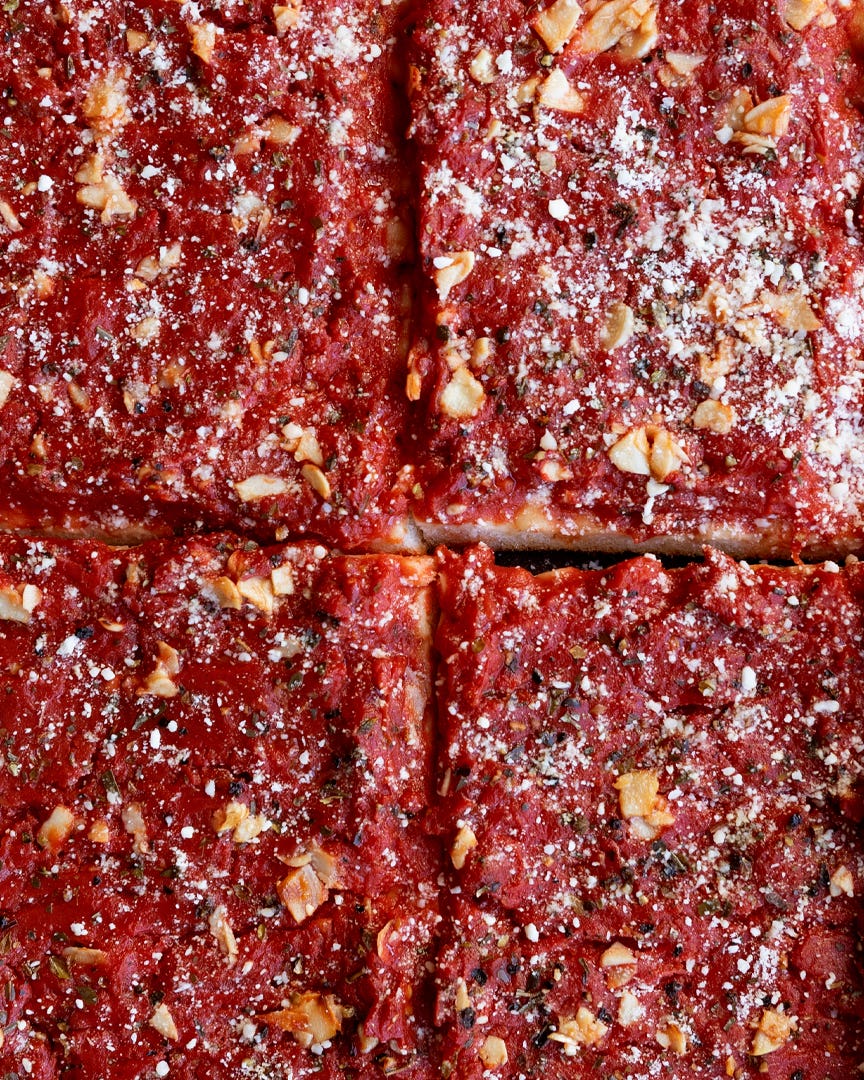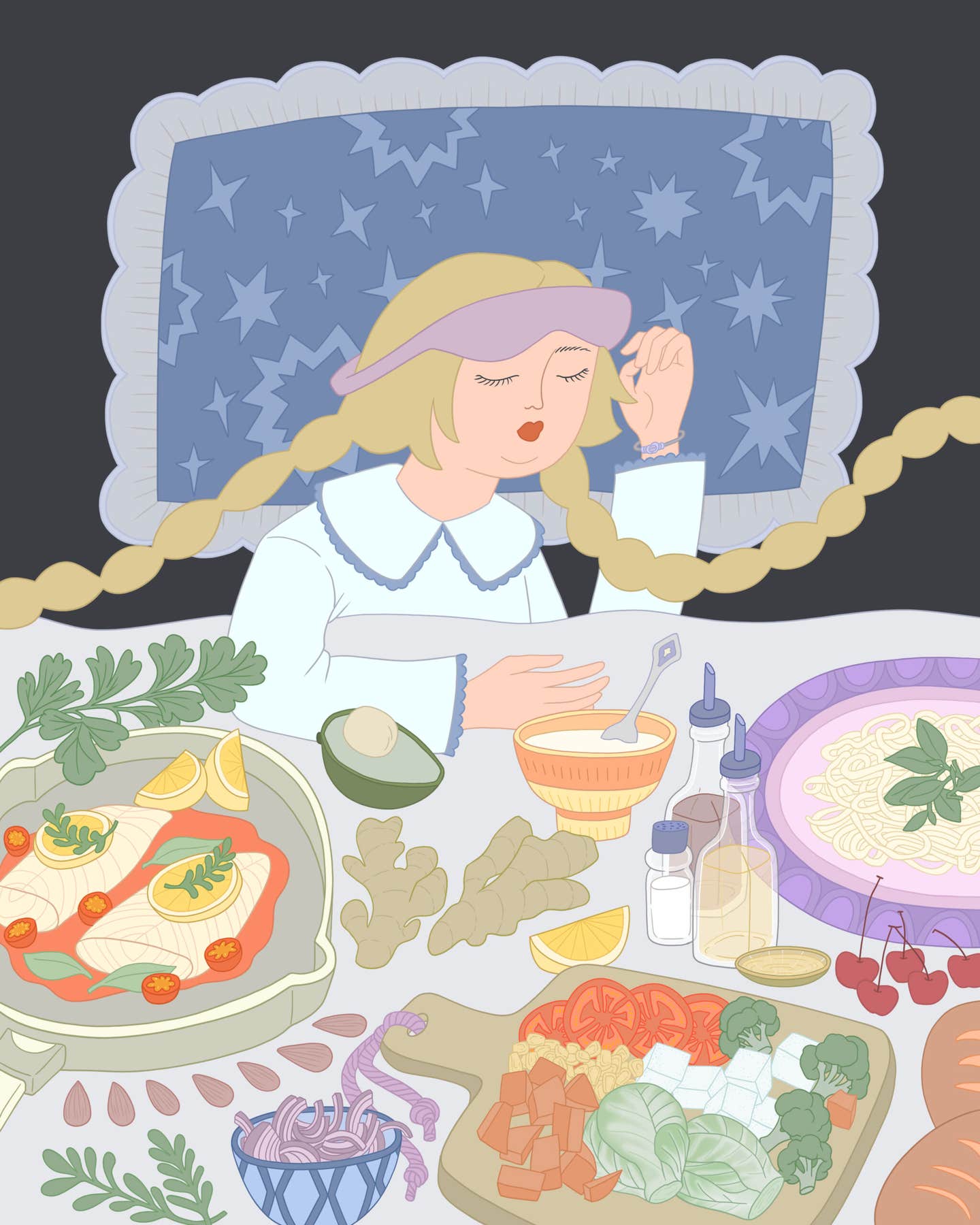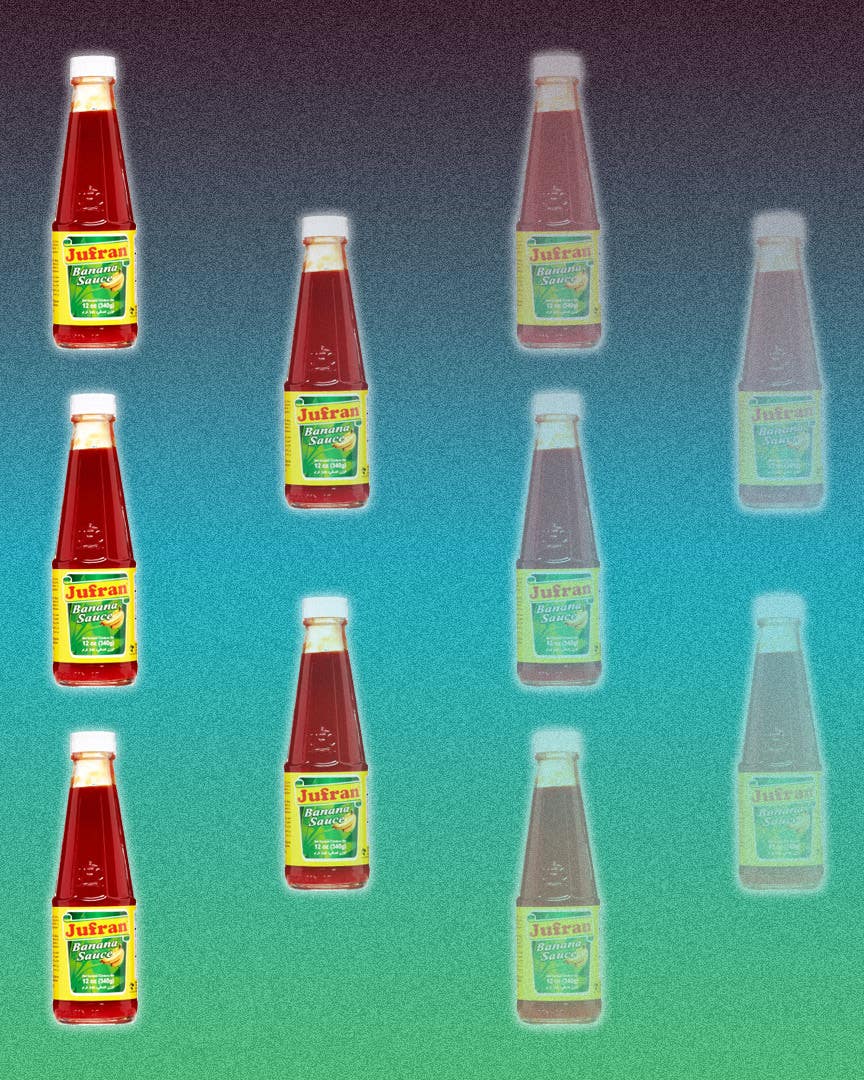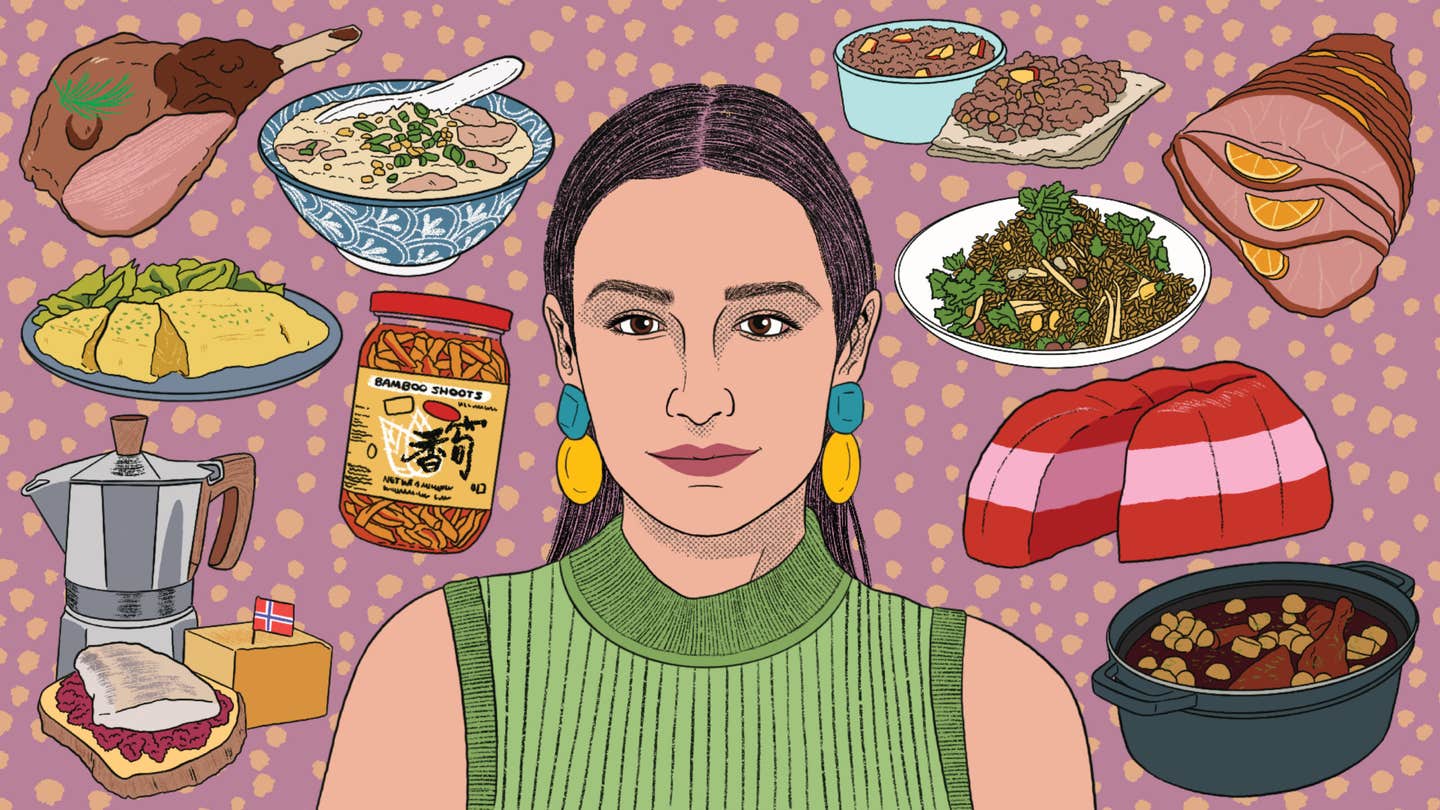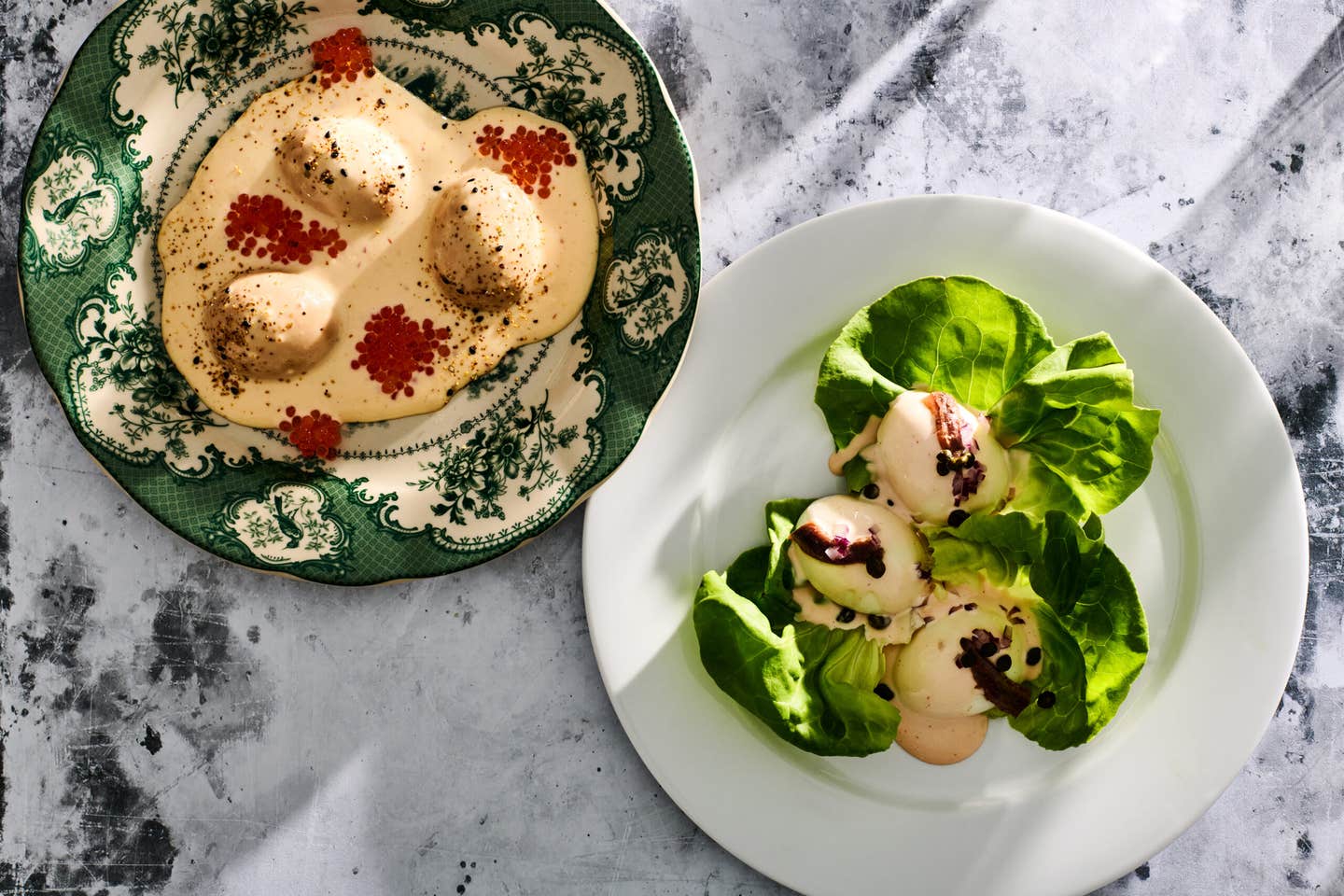
Is This Two-Ingredient Recipe the ‘It’ Dish of 2024?
The surprising renaissance of oeufs mayonnaise, explained.
In our current more-is-more era of extreme spice, outsized umami, and piles of fresh herbs, who could have predicted the comeback of oeufs mayonnaise? The monochromatic French staple is essentially hard-boiled eggs cloaked in mayonnaise, yet it has inspired international competitions and, in the last few years, made its way onto trendy menus in New York, Oakland, Tokyo, and beyond. And it’s not all old-school oeufs anymore: In Paris last year, I tried versions topped with bottarga, preserved lemon, and chicharrones—each new riff breathing life into the dusty classic.
The simplicity of oeufs mayonnaise invites this type of inventive spirit. When done well, the classic version is a triumph of technique: the bouncy egg with the soft orange yolk, the silky mayo that drapes and surrounds the domes like a snow drift. For the same reasons the dish appeals to professional chefs around the world, it can be a fun project for home cooks and dinner party hosts. It’s economical and elegant, and like a crisp white button-down, it goes with anything. You can customize your mayo with your favorite mustard or specialty vinegar, serve the eggs on a bed of greens (a small cupped leaf of pink castelfranco, perhaps?), or top everything off with shimmering trout roe or crispy prosciutto.
The egg has been a career-long obsession of Jacques Pépin, the famous French chef and author of the 1967 cookbook The Other Half of the Egg: Or, 180 Ways to Use Up Extra Yolks or Whites. “You have many, many variations, and it is a very satisfying dish. It’s easy to do. And if you have a dinner, you can do it ahead,” he says. “You just have to put it on the plate.”
Rebecca L. Spang, author of The Invention of the Restaurant: Paris and Modern Gastronomic Culture, tells me that “oeufs frais” (or “fresh eggs,” which Sprang believes may have been served boiled) appeared on menus as early as the 1760s, when a Paris establishment called Vacossin’s advertised the specialty. A few decades later, they were ubiquitous.
Author and food historian Loïc Bienassis agrees. He says hard-boiled eggs, specifically, “were one of the ‘little things’ eaten at the start of the meal” in early 19th-century restaurants in France. A. Bautte’s 1906 French cookbook, Eggs, 1,000 Ways to Prepare and Serve Them, is often credited with the first written recipe for oeufs mayonnaise, but according to Bienassis, the combination of eggs and mayonnaise was commonplace long before then.
Oeufs mayo would stick around in France well into the 20th century. Pépin remembers them being a perennial first course at his mother’s bistro in Lyon, where he worked as a child in the 1940s. “We probably ate more eggs than meat in my family,” he says. Pépin reminisces about versions made with herbs added to the mayo, or topped with salty garnishes such as anchovies or capers.
To better understand the possibilities of oeuf customization, I talked to chef Gaby Maeda of Friends and Family in Oakland, California. The restaurant serves a rendition of the dish made with shoyu-marinated eggs, yuzu kosho mayo, and crunchy bubu arare (Japanese rice cracker pearls). Trout roe and charred allium powder make eye-catching final flourishes. “In Hawaii, the Japanese influence on our cuisine has made eggs and rice a staple combination,” says Maeda. “We wanted a classic European drinking snack, but with the soul of the flavors from my upbringing.”
For some chefs in the United States, the dish is an opportunity to showcase flashy ingredients or regional flavors. At Parc in Philadelphia, the oeufs durs mayonnaise (which resemble deviled eggs) are topped with king crab. At Canard in Portland, Oregon, the oeufs mayonnaise feature trout roe, bacon, roasted garlic, and maple. (Trout roe, as you may have gathered by now, makes a particularly satisfying flavor combination.)
Thankfully, you don’t need a supply of caviar or crab to make an outstanding oeuf mayo at home—you just need to know how to cook a jammy egg and whip up a good mayonnaise. If you’ve ever made egg salad, you’re most of the way there. To avoid letting your eggs get chalky or sulfurous, Pépin recommends cooking them in a pot of barely boiling water. (Maeda, for her part, recommends a cook time of 8 minutes.) “As soon as it’s cooked, pour the water out, shake the pan to crack the shell, and add ice and water,” Pépin says. That technique ensures a “beautiful egg, barely cooked inside. Totally yellow. No smell. Tender.”
If there were ever a time to make your own mayo, it’s now: The quality of the mayo can make or break the dish. For optimal emulsification, Pépin insists that the oil be room temperature. It’s also important to keep extra vinegar and mustard handy for seasoning. To fill out the table, Pépin suggests pairing the eggs with a roast chicken, a smattering of simply prepared vegetables, a salad, some cheese, and fruit for dessert. But even if you opt for a simple plate of oeufs mayonnaise and crusty bread, the cool and creamy combo can be immensely satisfying. “Simple and great,” says Pépin.
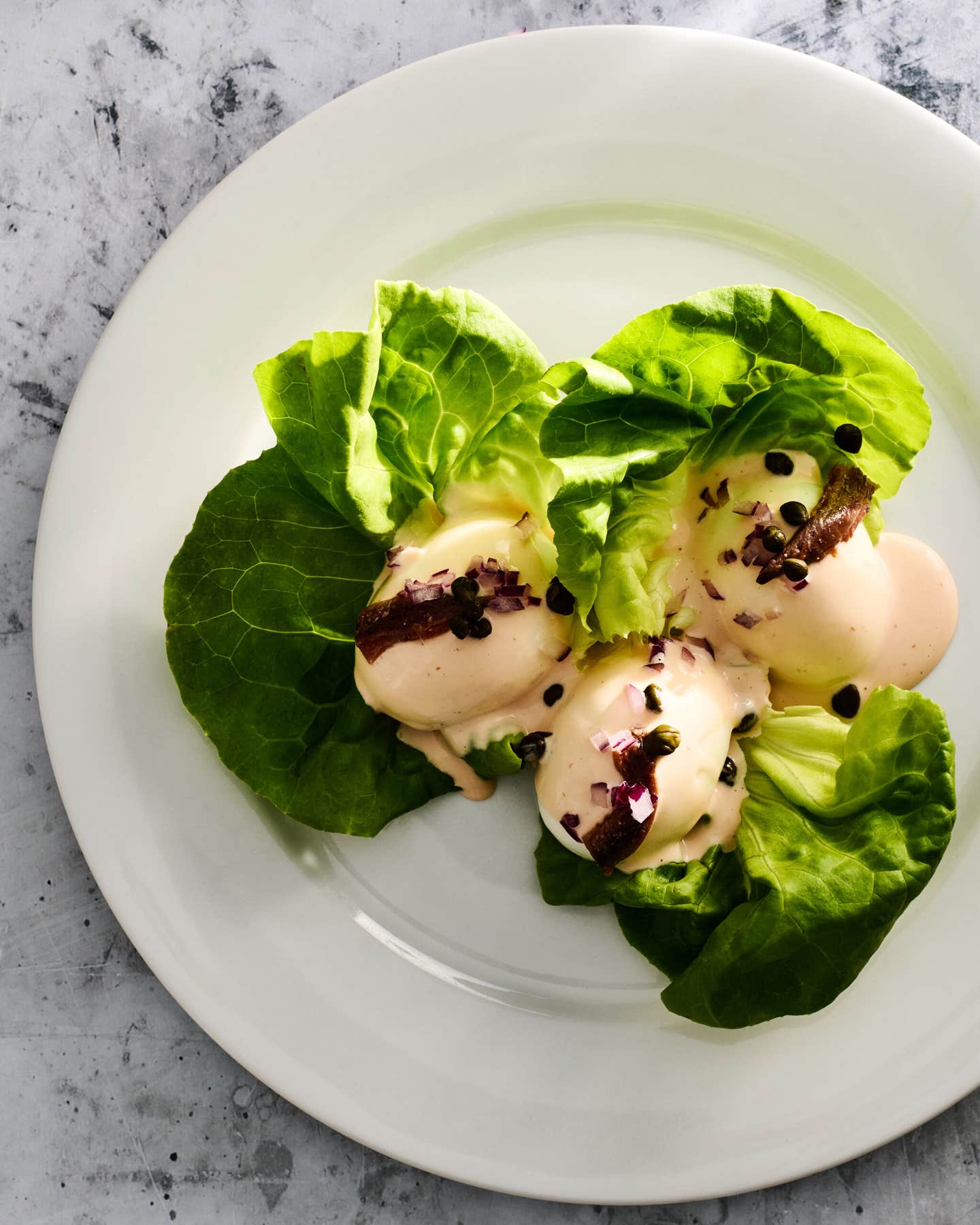
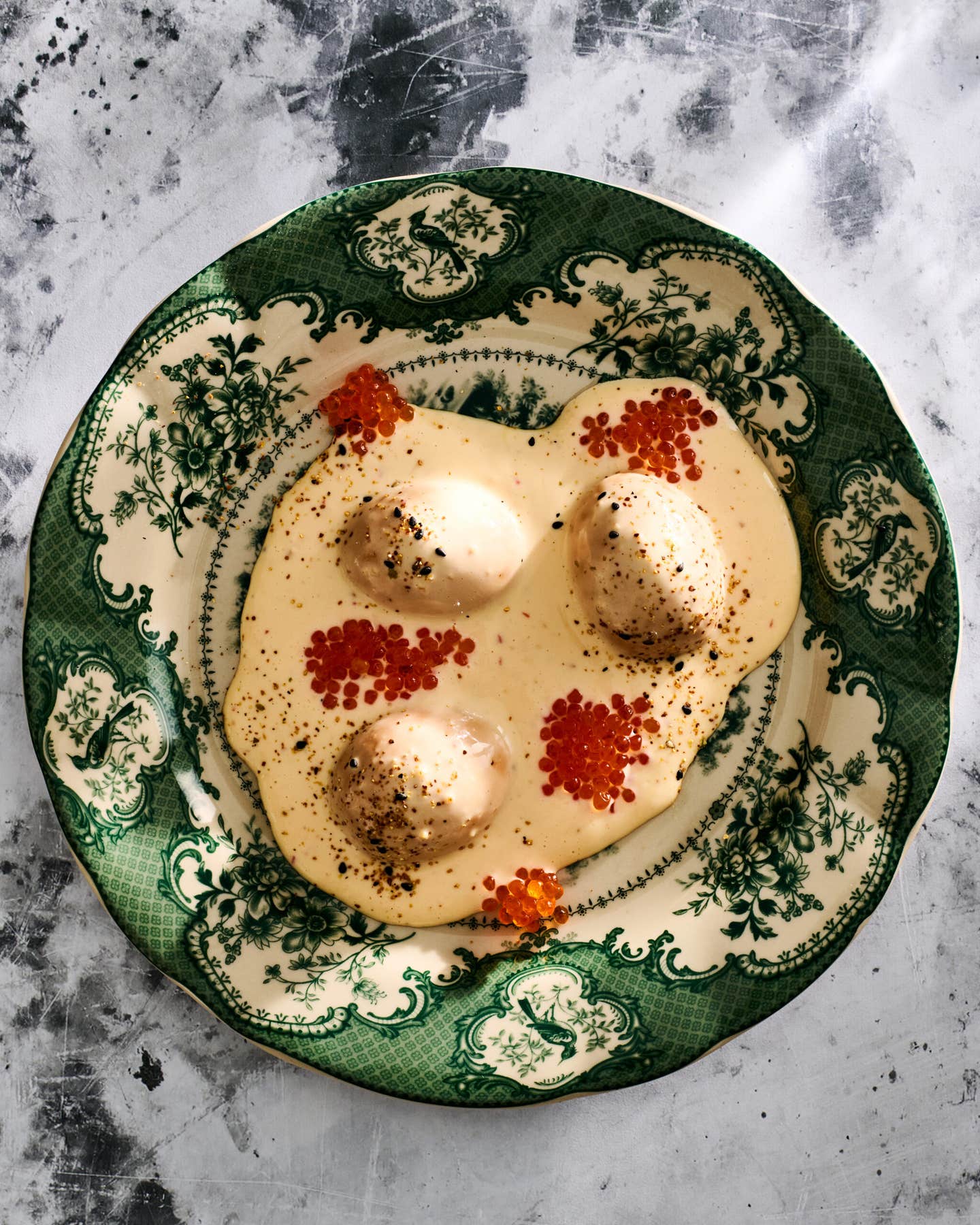
Keep Reading
Continue to Next Story


